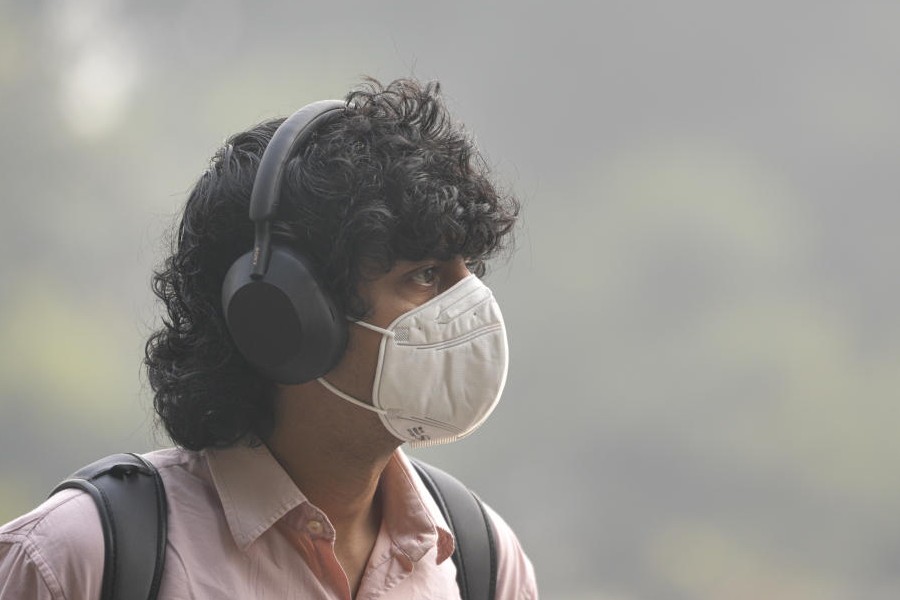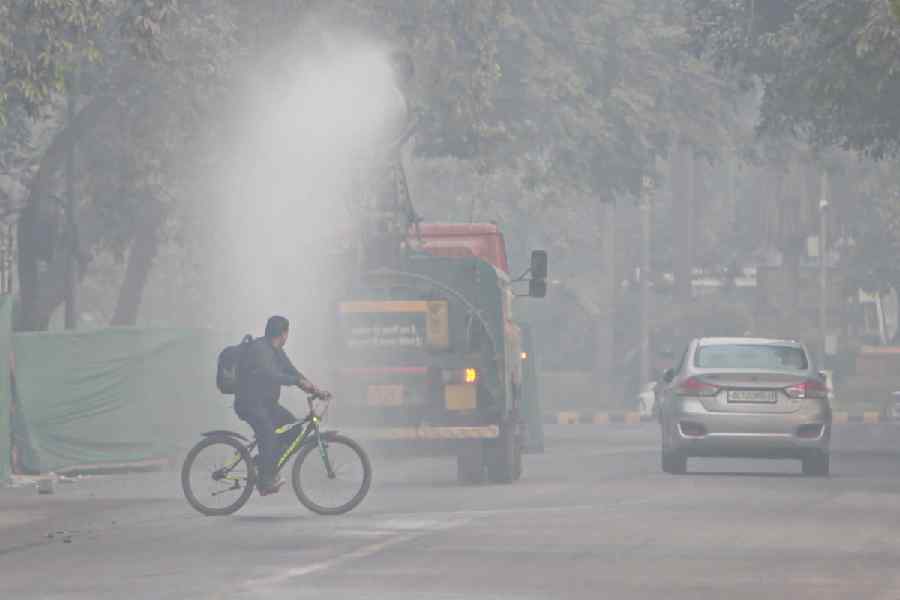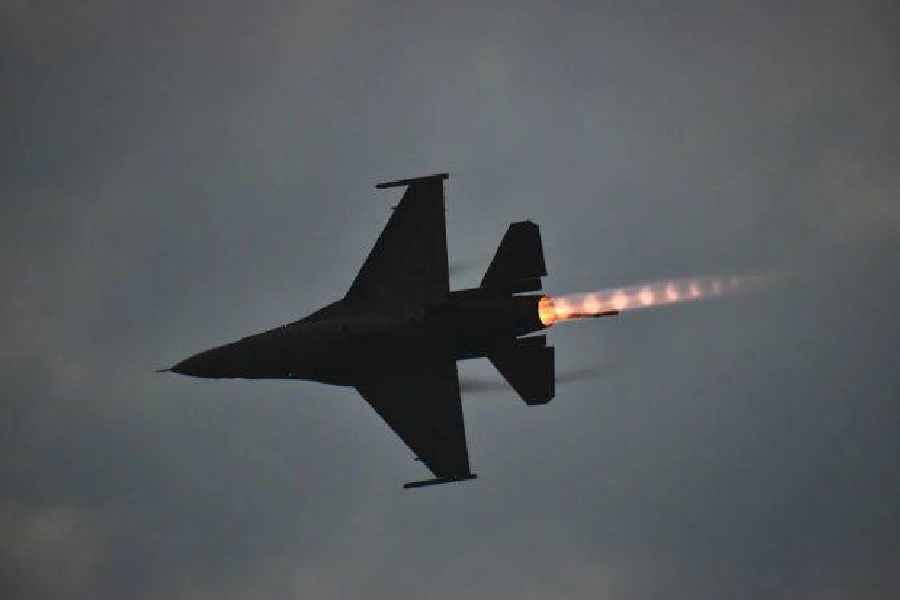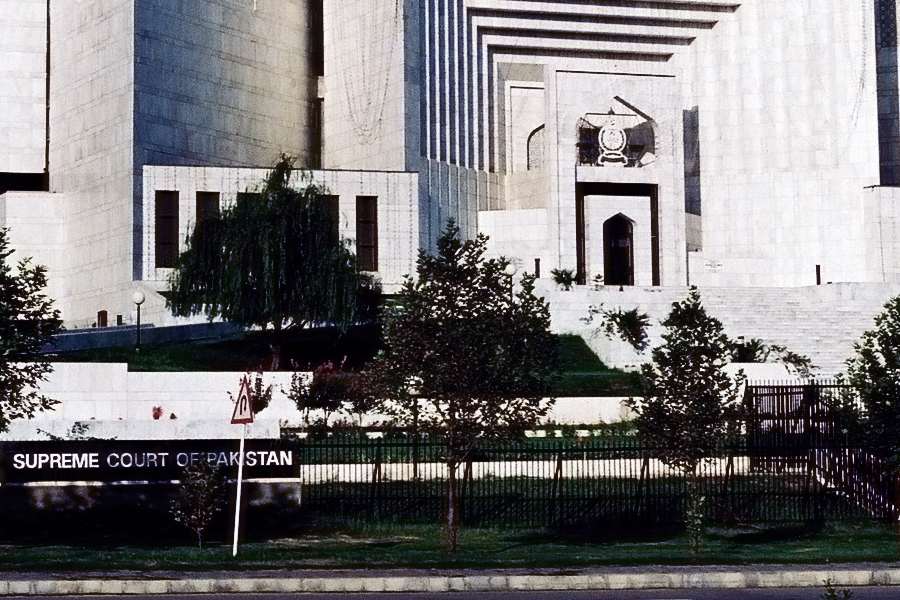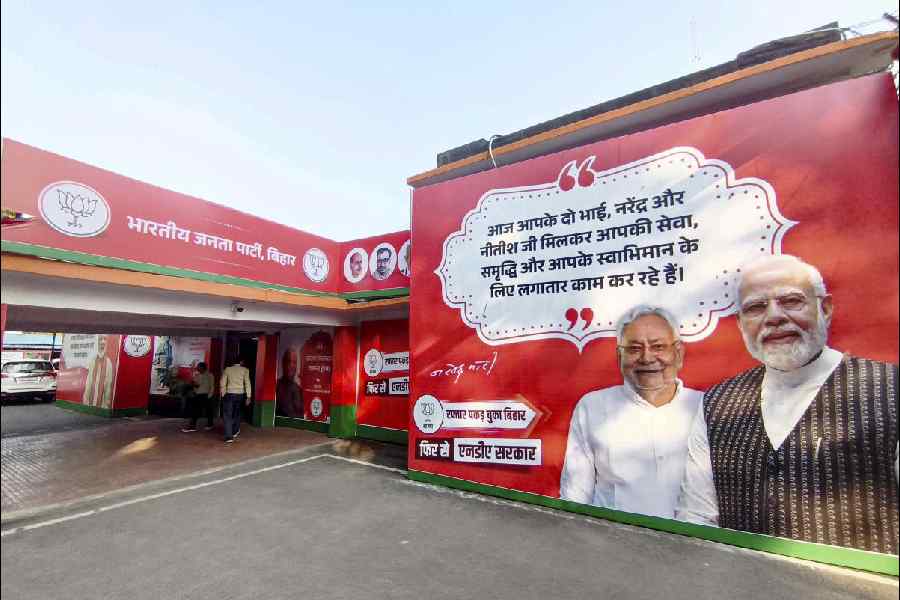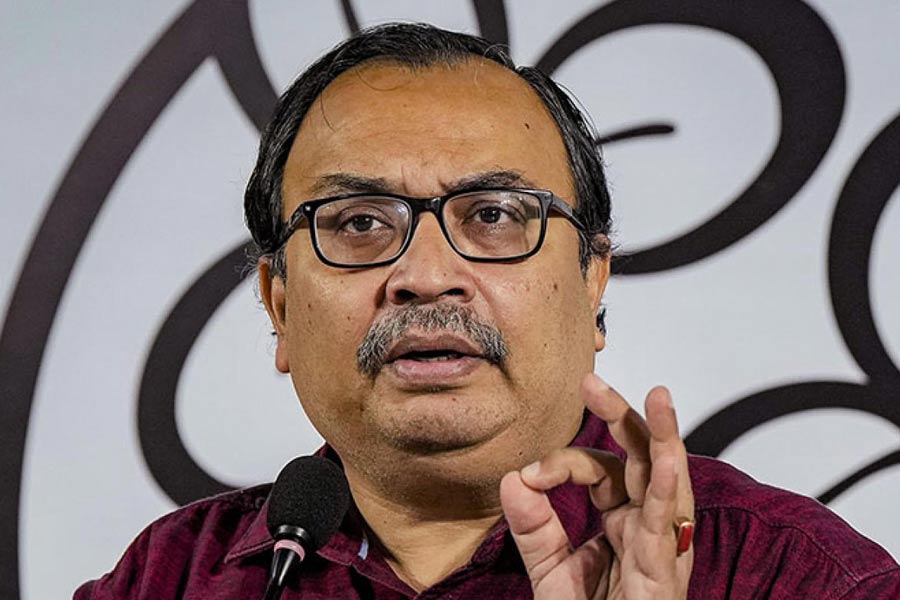Delhi’s three-day streak of ‘severe’ air quality ended on Friday, but the relief was limited. The city’s overall AQI settled at 387, placing it in the ‘very poor’ category, according to the Central Pollution Control Board’s (CPCB) 4 pm bulletin.
Toxic air continued to dominate the capital. Out of 37 monitoring stations, 12 recorded ‘severe’ levels while 24 fell in the ‘very poor’ range. Wazirpur topped the list with an AQI of 433, followed closely by Bawana at 429, according to the CPCB’s Sameer app.
According to the CPCB, an AQI between 301 and 400 is very poor, and 401-500 is severe. PM10 and PM2.5, tiny particles measuring ten micrometres and 2.5 micrometres, remained the dominant pollutants.
Stubble burning continued to choke Delhi.
The Delhi State Pollution Control Committee (DSS) reported that it contributed 8.5 per cent of the city’s pollution on Friday, while transport emissions accounted for 19.8 per cent, the largest share among all sources.
The forecast predicts stubble-burning contribution will climb to 16.3 per cent on Saturday. Satellite data showed 72 farm fire incidents in Punjab, 15 in Haryana, and 293 in Uttar Pradesh on Thursday.
Weather offered little relief.
Delhi recorded a maximum temperature of 26.4 degrees Celsius, 2.1 degrees below normal, and a minimum of 10.2 degrees Celsius, 3.3 below normal, according to the IMD.
Relative humidity stood at 80 per cent in the morning and 61 per cent in the evening.
Shallow fog is expected on Saturday, with temperatures hovering around 28 degrees Celsius (maximum) and 10 degrees Celsius (minimum).

